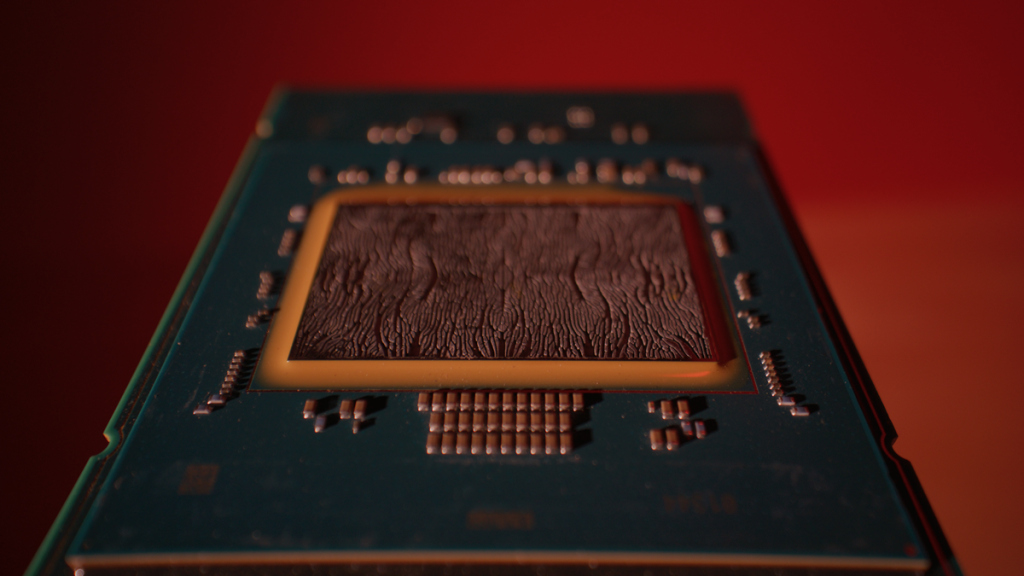Microsoft’s Innovative Cooling Tech Promises to Revolutionize Data Centers
Microsoft has unveiled a groundbreaking approach to one of computing’s most persistent challenges: managing heat in data centers. The company recently announced successful prototypes of advanced microfluidics technology that allows servers to run hotter and faster without risking hardware failure. This innovation could transform how data centers handle peak loads, such as the predictable spikes that occur five minutes before and after each hour when Microsoft Teams users join meetings early or late. Instead of building massive data centers with idle servers waiting for these peak moments, Microsoft aims to safely overclock existing hardware, delivering better performance with fewer physical resources.
Traditional cooling methods place cooling plates on top of processors, but Microsoft’s approach brings liquid coolant directly inside the chip through tiny channels. What makes this technology truly revolutionary is its biomimetic design, inspired by plant biology. Using AI, Microsoft customizes the cooling system to match the unique heat signatures of different chips running specific workloads. The resulting pattern resembles the veins of a leaf, delivering coolant precisely to the hottest spots on a chip—areas that Microsoft’s director of systems technology, Husam Alissa, notes can reach “the same heat flux as the surface of the sun” when measured at small scales. The company claims this approach is three times more effective at removing heat than current methods, making reliable overclocking a realistic possibility for data centers.
While Microsoft demonstrated the working prototype on a commercially available Intel Xeon chip, this cooling technology represents just one facet of the company’s comprehensive hardware strategy. Microsoft plans to incorporate these cooling advances into future versions of its own silicon, potentially including its Azure Cobalt chip and Maia AI accelerator unveiled in 2023. These first-party chips reflect Microsoft’s push to control more of its cloud infrastructure as it competes with Amazon, Google, and others in the race to efficiently train and run cutting-edge AI models. Despite developing its own chips, Microsoft emphasizes that its goal isn’t to replace partners but to advance the entire ecosystem. Rani Borkar, Microsoft’s corporate vice president leading Azure hardware systems and infrastructure, explained that “the demands of AI are such that, frankly, hardware on its own cannot keep up,” highlighting the need for “co-designing, co-optimizing every layer of the stack.”
Alongside the microfluidics breakthrough, Microsoft announced two complementary initiatives. First, the company is partnering with Corning and Heraeus to scale up production of hollow core fiber technology, which transmits light pulses through empty channels rather than solid glass cores, allowing data to move faster with lower latency. Second, Microsoft is advancing its sustainability goals by procuring “green steel” from Stegra for data center construction. This steel is produced using methods that reduce carbon emissions by up to 95% compared to traditional steelmaking processes. These parallel efforts demonstrate Microsoft’s multifaceted approach to building more efficient, sustainable, and powerful data infrastructure.
Microsoft doesn’t plan to keep this cooling technology proprietary. Instead, the company intends to work with partners and the broader tech community to establish it as an industry standard. This collaborative approach aligns with Microsoft’s vision of creating technologies that benefit the entire computing ecosystem, not just its own data centers. The company sees widespread adoption of advanced cooling as essential for the industry to meet growing computational demands, especially as AI workloads become increasingly intensive and common across sectors.
Perhaps most exciting is the long-term potential of this cooling breakthrough. Microsoft views its microfluidics advances as a foundational step toward enabling 3D chip stacking—a revolutionary architecture that would dramatically reduce latency by shortening the distance data must travel between processing elements. Until now, 3D stacking has been largely impractical because of the immense challenge of removing heat from inner silicon layers. Microsoft’s cooling technology could eventually solve this by allowing coolant to flow between each layer of a “silicon brick.” Jim Kleewein, a Microsoft technical fellow working on core Office 365 services, believes this capability could transform from “an interesting change that the rest of the industry should adopt” into a “‘holy shit’ moment in the evolution of technology.” If successful, this could represent one of the most significant hardware advances in computing since the invention of the microprocessor itself.














